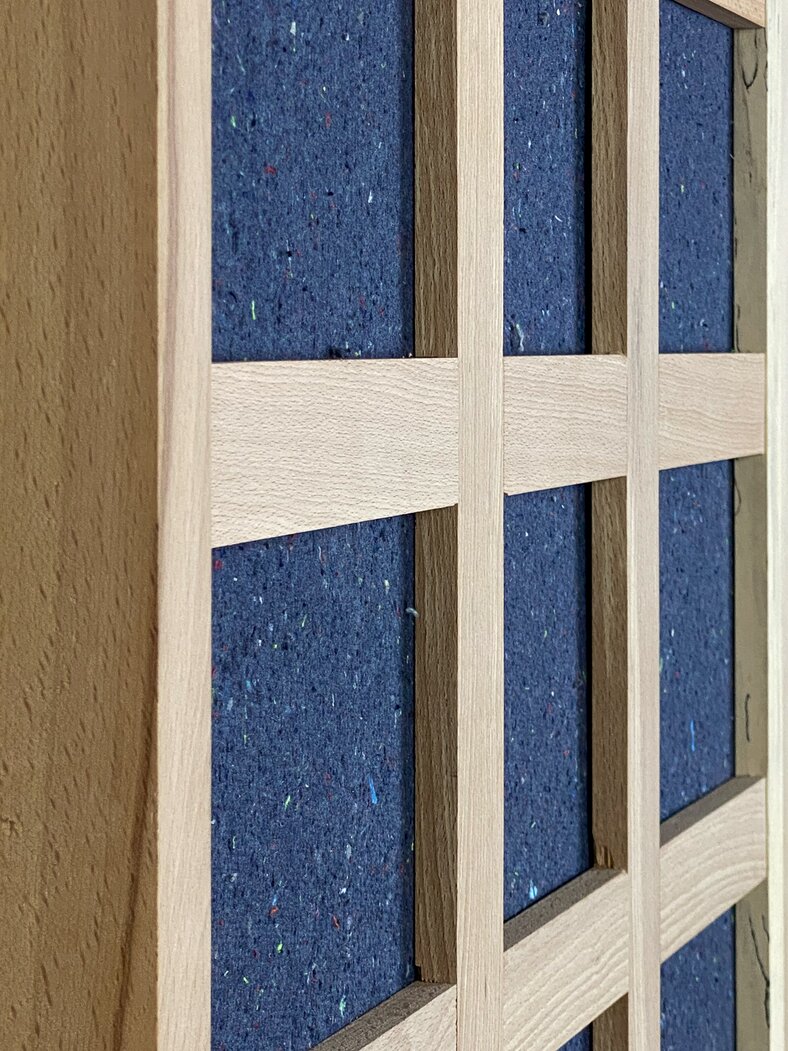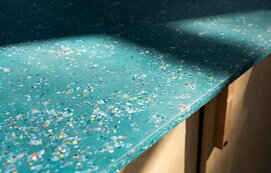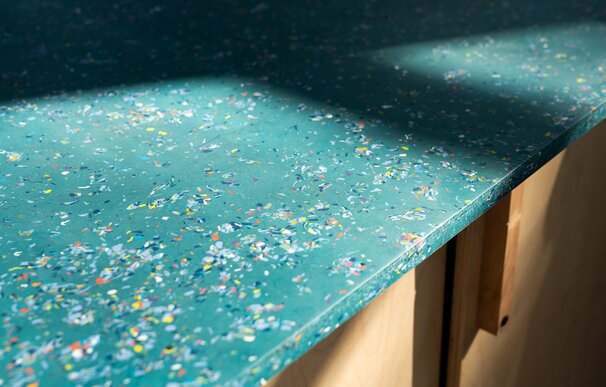Kiø Beech
Framed acoustic panel
Kiø Beech
Framed acoustic panel
Kiø Beech is an acoustic panel made from upcycled redheart beech wood and is combined with our Nærø acoustic batts made from postconsumer textile waste. Kiø Beech panels are lightweight, easy to install and come in a range of different textile colours.
Kiø Beech is an acoustic panel made from upcycled redheart beech wood and is combined with our Nærø acoustic batts made from postconsumer textile waste. Kiø Beech panels are lightweight, easy to install and come in a range of different textile colours.
Nærø Batt: Dark Grey
Quantity: pcs
Your environmental impact:
5.06 kgwaste saved
-1.24 kgCO₂e footprint*
*Based on internal calculations. Including phases A1-A3, C2-C3
Product | Acoustic panel |
Application | Sound absorbing wall decor |
Textile | Primarily cotton and polyester |
Wood species | Red heart beech |
Thickness | 64 mm |
Height | 984 mm |
Width | 584 mm |
Weight | 5.5 kg/unit |
Absorption class | Expected class A |
In collaboration with | |
Made in | Denmark |

From post consumer plastic waste to tabletops
See more in sustainability


"I am made from discarded wood & textile waste turned into acoustics panels"

Kiø Beech delivered at scale
232 kg waste saved
Daarbak Design Showrooms / Various locations
2,035 kg waste saved
Novo Nordisk Bagsværd / Copenhagen, Denmark

Project reference / a:gain showroom

Project reference / a:gain showroom